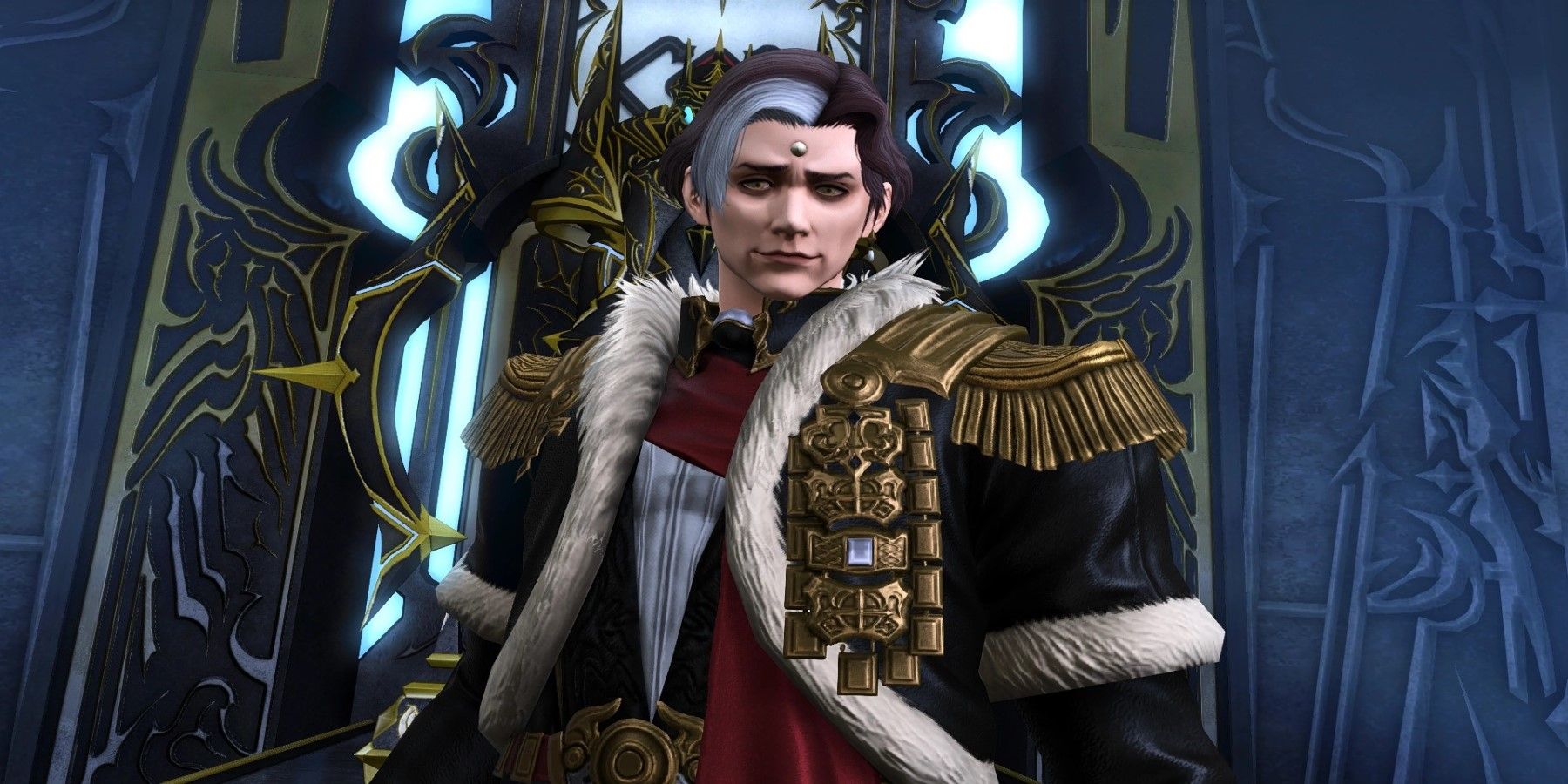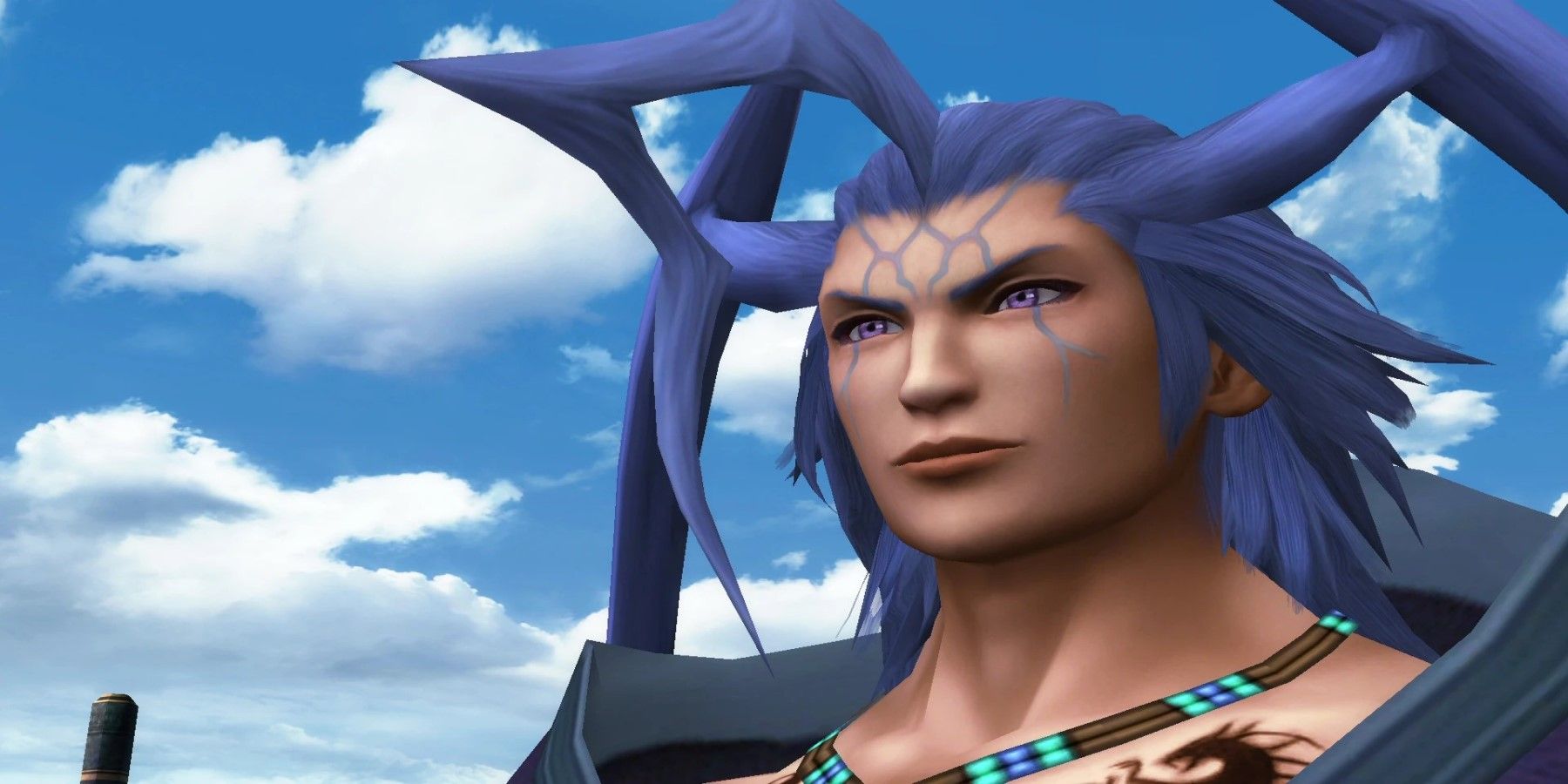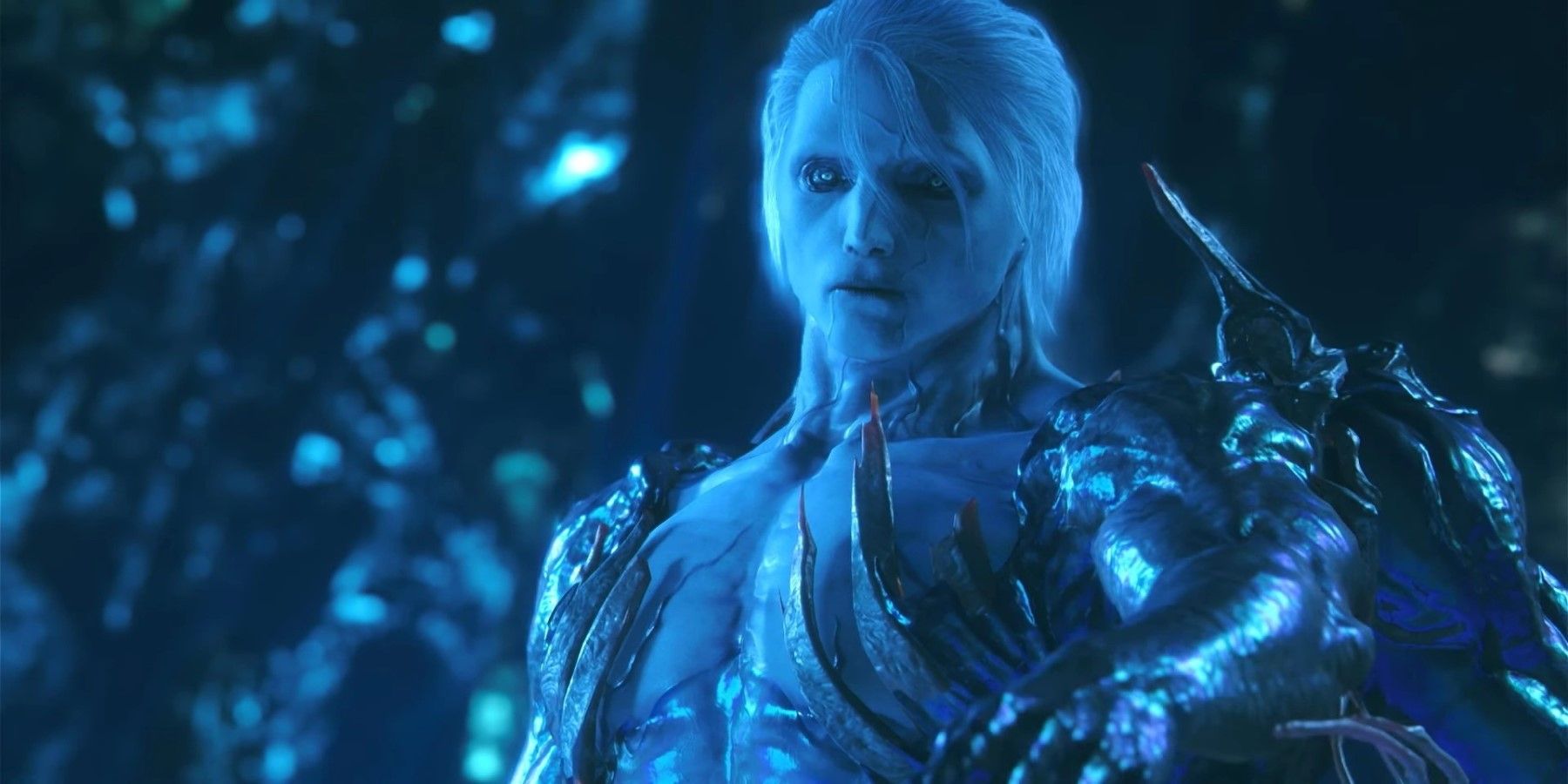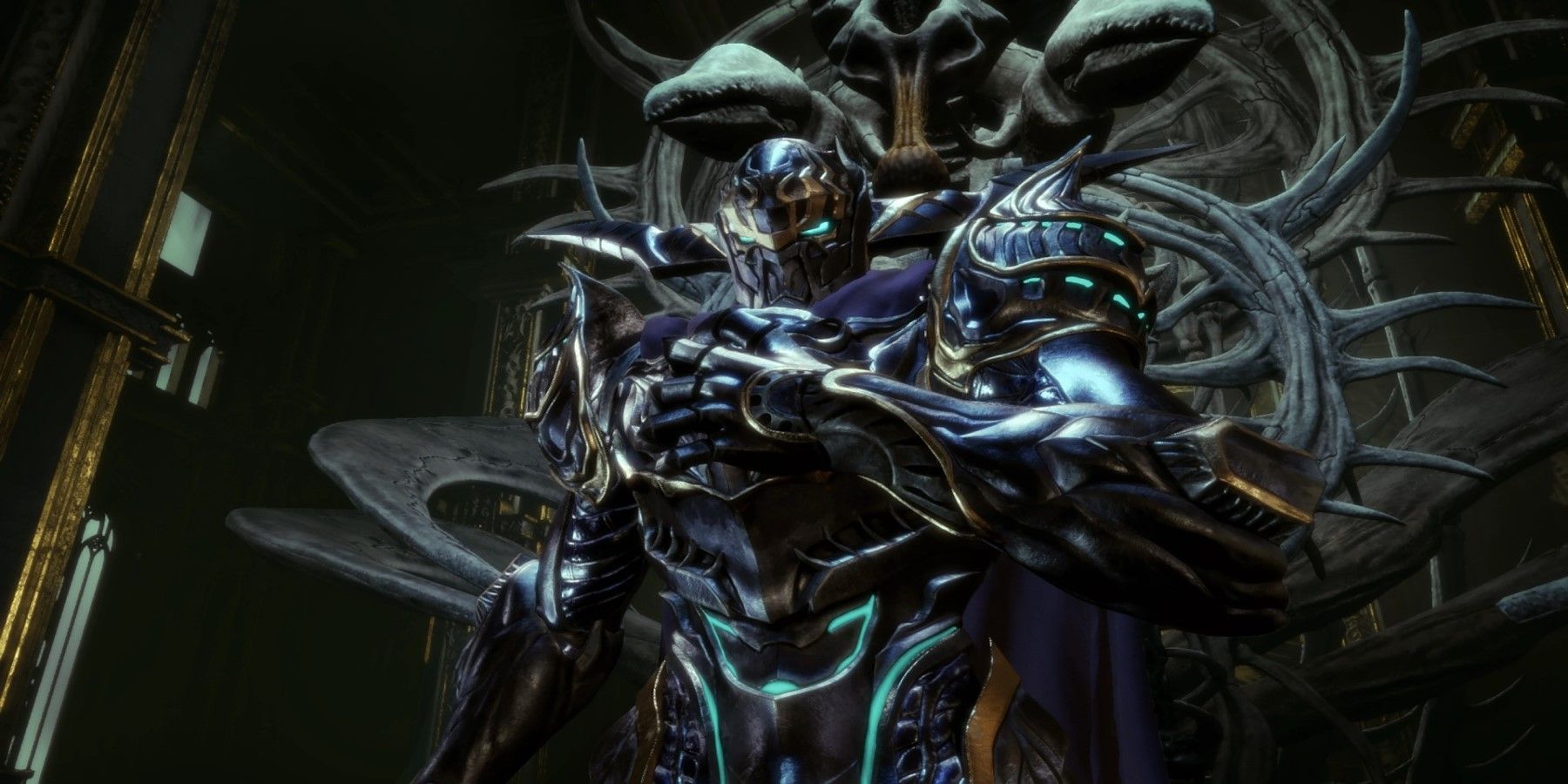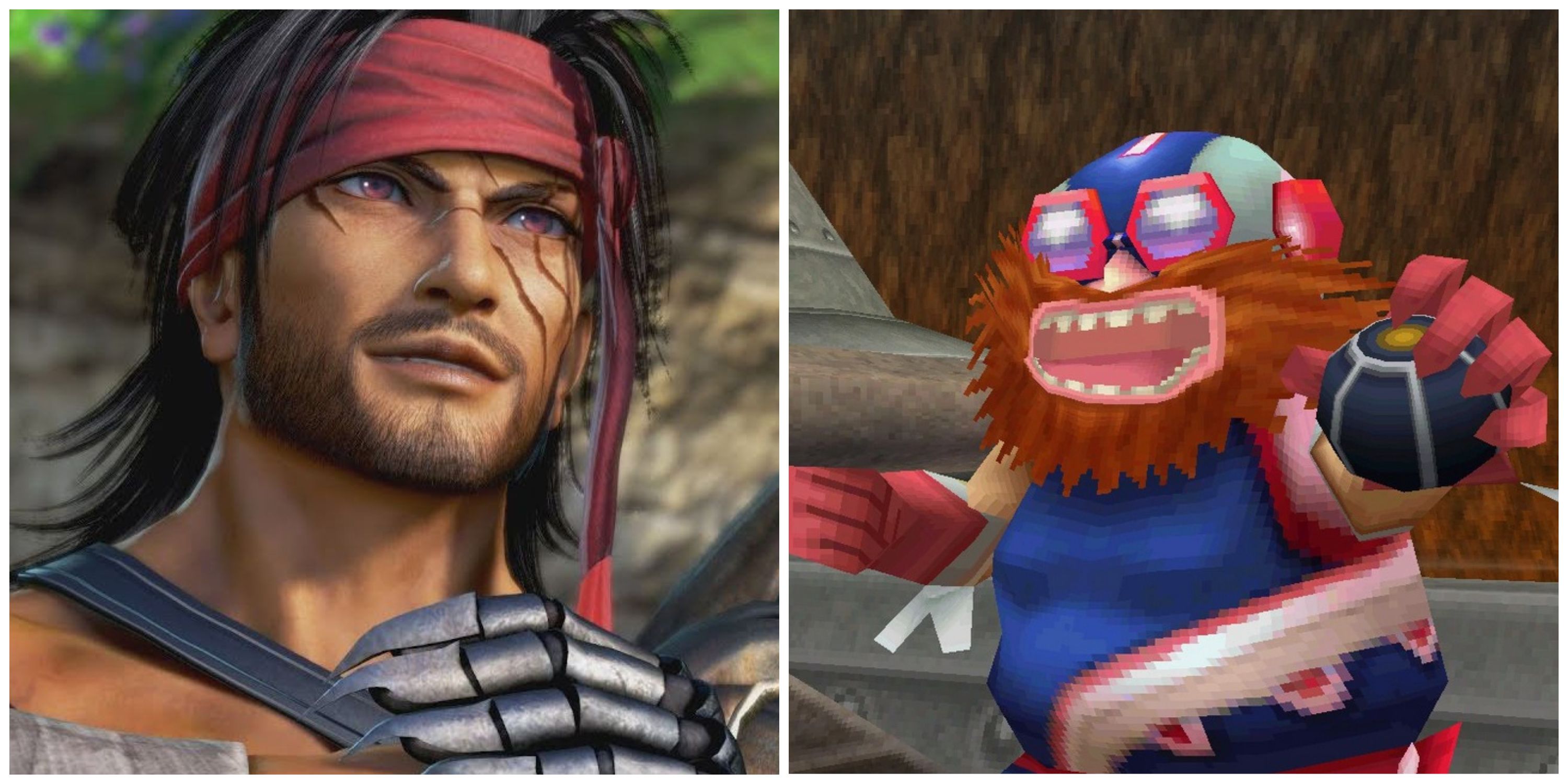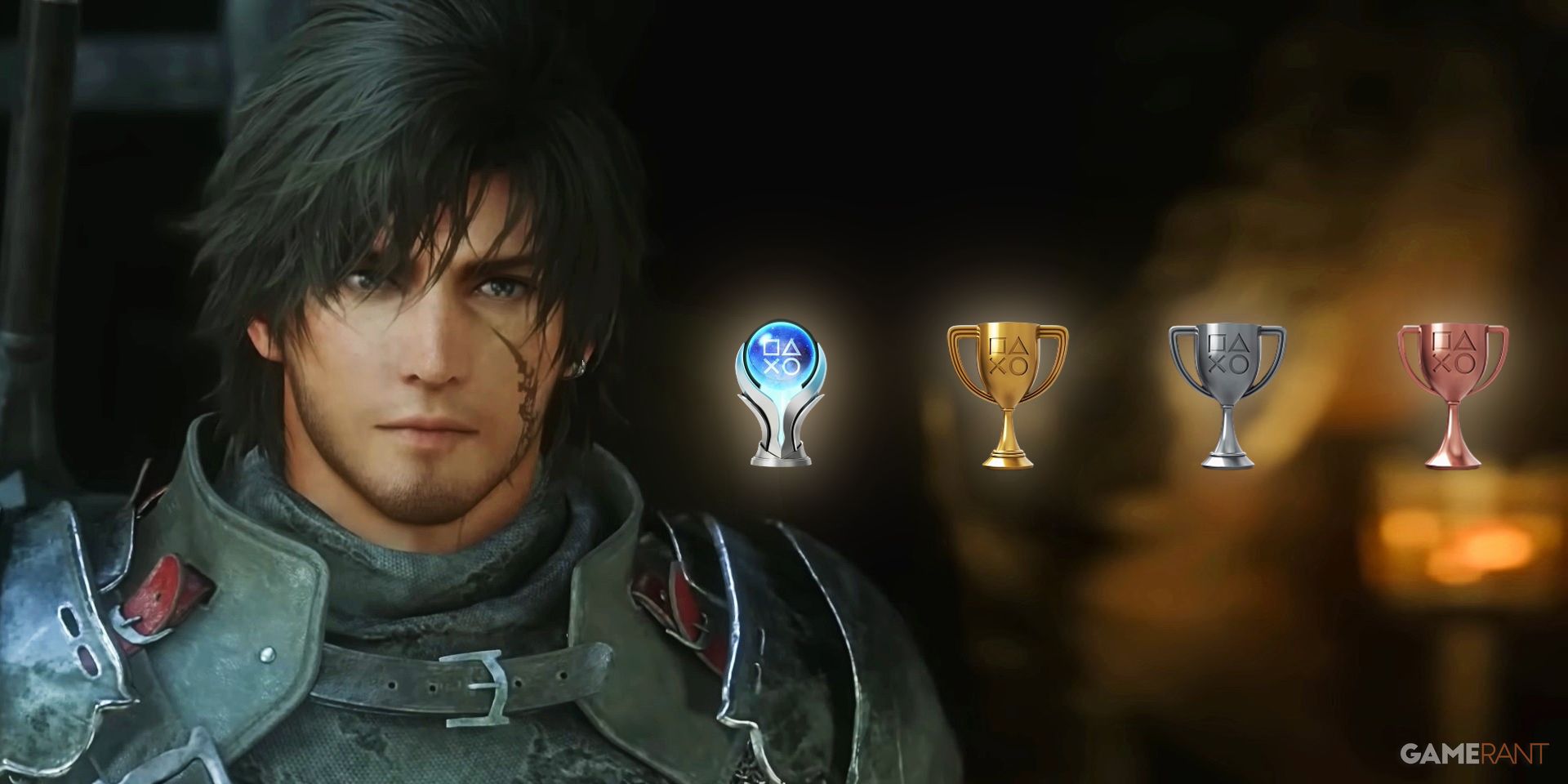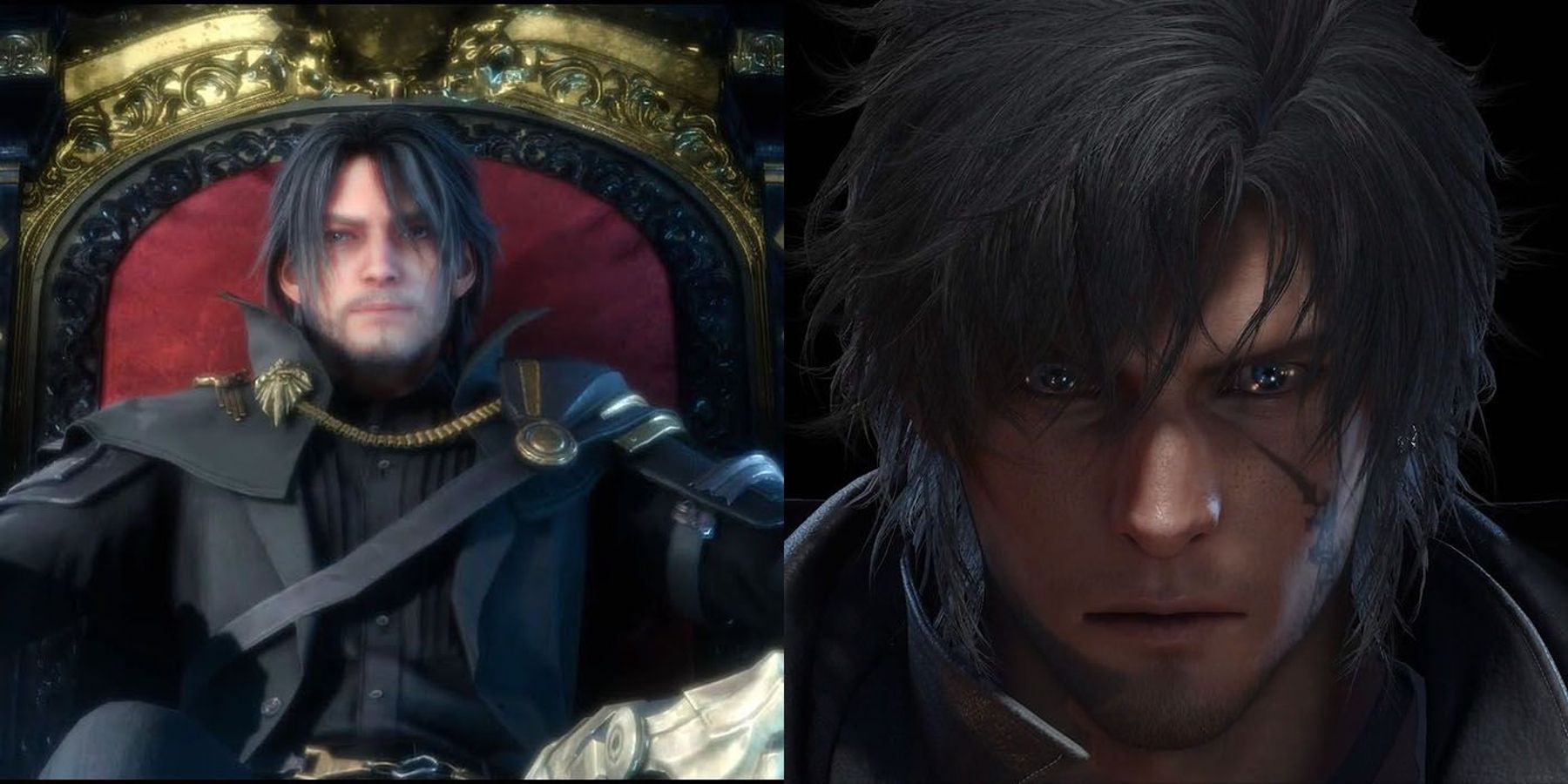
The Ultimate Ranking of Final Fantasy Antagonists

Unveiling the Ultimate Final Fantasy Antagonist Tier List, where the forces of darkness clash! Discover the hierarchy of villains and antagonists that shape the epic battles between light and chaos Explore the S-Tier to C-Tier rankings and witness the power of each formidable foe!
WARNING: This Feature contains spoilers for the mainline Final Fantasy series. In most role-playing games, both light and darkness play crucial roles, often conflicting with each other. This holds true for the Final Fantasy series as well. The forces of light have their heroes and their bravery, while the forces of darkness bring chaos and villainy to balance them out. However, just like the protagonists in Final Fantasy, not every villain is equally memorable or formidable.
Every Final Fantasy antagonist was carefully selected based on more than just their power and difficulty in battle. They were also ranked according to their impact on the story, their ability to be remembered, and how well they served as a foil to the game's main protagonist. While games like Final Fantasy 10 and Final Fantasy 14 may have several notable villains, only one antagonist from each mainline Final Fantasy game was chosen for representation.
S-Tier
Kefka Palazzo, from Final Fantasy 6, stands out as one of the few villains who successfully achieved their mission. Rising from an imperial jester to the god of magic, Kefka transformed the World of Balance into the World of Ruin. His clown-like appearance, which belies his malevolence, and his complete lack of morals struck a chord with the cast of Final Fantasy 6 and gamers alike. What makes him truly sinister is his desire to destroy the world for pure amusement, reveling in the chaos he created and mocking the very essence of life. This transformation from a clown to a deity solidifies his status as one of the most infamous villains in both the Final Fantasy series and gaming history. During the final battle within Kefka's Tower, players face Kefka in four phases, each accompanied by different sections of Nobuo Uematsu's haunting composition, "Dancing Mad," as the party fights relentlessly to vanquish the mad god.
Sephiroth, known from Final Fantasy 7 and the Final Fantasy 7 Remake, has become synonymous with the entire Final Fantasy series. His legacy as one of the greatest video game villains of all time was reinforced when he made his appearance in Super Smash Bros. Ultimate as one of the final six DLC fighters. While his initial notoriety stemmed from his murder of Aerith in the original Final Fantasy 7, his return in Advent Children demonstrated that Sephiroth was more than a mere memory in Cloud's mind and in the hearts of gamers. As the ultimate boss of Final Fantasy 7, players confront Sephiroth in the Northern Crater through three distinct battles. However, the climactic showdown in this series of encounters is a one-on-one spectacle between Cloud and Sephiroth, an epic duel that continues to resonate within and beyond the FF7 universe.
Emet-Selch/Hades (Final Fantasy 14): Emet-Selch, a snarky yet charming Ascian, was fiercely dedicated to resurrecting the dark elder primal Zodiark. Taking on the persona of Emperor Solus zos Galvus, he transformed Garlemald into a Magitek war machine. As the grandfather of Zenos yae Galvus, another well-known antagonist of Final Fantasy 14, Emet-Selch played a significant role. However, Garlemald eventually crumbled from within during the events of Stormblood and Shadowbringers, and the Warrior of Light brought about Emet-Selch/Hades' demise. Though Hades pushed the Warrior to their limits with dark magic, the power of Light proved victorious. In Endwalker, the Warrior of Light traveled back in time to Elpis, encountering Hades in his original form. Just before battling The Endsinger, Hades revealed unseen lands in Eorzea, including the New World of Tural, which will be explored in the Dawntrail expansion.
Ardyn Izunia (Final Fantasy 15): In the vast world of Final Fantasy 15, Ardyn Izunia initially presented himself as an insignificant figure to Noctis and his companions. However, this facade crumbled midway through the game when the Chancellor of Niflheim, Ardyn Lucis Caelum, revealed his true identity and cruelly killed Lunafreya in Noctis' presence. Once revered as a healer, Ardyn's exposure to the Starscourge slowly eroded his sanity and compassion, leading to his persecution and exile. As the darkness enveloped Eos, Ardyn awaited Noctis' arrival, perched upon the desolate Lucis throne. The final battle for the throne unfolded amidst the gloomy streets of Insomnia, with Noctis and Ardyn engaged in a relentless conflict. Ultimately, Ardyn's eyes closed forevermore as Noctis emerged triumphant.
A-Tier
(Golbez - Final Fantasy 4): Although a powerful sorcerer responsible for terrible crimes, Golbez was not the true threat in Final Fantasy 4. In reality, Golbez was Theodor Harvey, the older brother of Cecil Harvey, the game's main protagonist. Golbez was possessed by Zemus, a Lunarian. Eventually, Golbez regained control of himself and felt remorse for his actions. He sealed himself away after the final battle against Zemus' true form, the monster Zeromus. Golbez's impact on the series was significant enough for Final Fantasy 14 to include his story in the Endwalker expansion.
(Ultimecia - Final Fantasy 8): Ultimecia, a sorceress from the distant future, orchestrated events in Final Fantasy 8 from her castle. Her goal was to compress all of time and space to become a god. Initially possessing Edea and granting her sorceress powers, Ultimecia's plans were foiled by Squall and the SeeDs. However, undeterred, she later used Adel and Rinoa to further her quest for time compression. Although players only confronted Ultimecia in the final battle, her machinations were felt throughout FF8. Her challenging series of boss battles led to one of the toughest fights in the history of the Final Fantasy franchise.
Kuja from Final Fantasy 9 was a manipulative villain with a flamboyant appearance. Created by Garland to bring ruin to Gaia, Kuja orchestrated Queen Brahne's war against the land. When he learned he was a failed Genome and destined to die, Kuja embraced nihilism and killed the protagonist, Zidane. After defeating the entity known as Necron, the party returned to the living world while Kuja hastened his own demise with a burst of power.
In Final Fantasy 10, Seymour Guado was a leader of the Yevon religion despite being an outcast in his childhood. Half-Guado, he resided in the Temple of Bajj with his mother, who became a Fayth and gave form to Seymour's Aeon, Anima. After his treachery and failure to win Yuna's hand, Seymour was killed but continued to haunt the party as an Unsent monster in three additional boss battles. His eerie presence and memorable battles made him a standout villain in one of the best RPGs of the 2000s.
B-Tier
Exdeath (Final Fantasy 5): After shattering the elemental crystals of Bartz's world, Exdeath was unleashed and began engulfing everything into the void. Surprisingly, Bartz and Exdeath's worlds were actually two halves of a single world that were separated by the Dawn Warriors to imprison Exdeath. Exdeath, a warlock dressed in blue, lacked personality but possessed incredible void magic skills. His powers stemmed from his connection to the evil souls housed within the Tree of Moore, which also gave birth to Neo-Exdeath, the ultimate boss in FF5, after Exdeath himself was consumed by his own void magic.
Kam'lanaut (Final Fantasy 11): Kam'lanaut, one of the last surviving members of the Zilart race, held the title of Archduke of the Grand Duchy of Jeuno. Alongside his older brother Eald'narche, Kam'lanaut had influence over Vana'diel. In the expansion "Rise of the Zilart," Kam'lanaut devised a plan to return to Tu'Lia, the Zilart's floating island also referred to as "Sky" by FF11 players. To achieve this, he aimed to repair the Chrysalis Core and open the Gate to the Gods, which would cause a catastrophic event on Vana'diel. However, a courageous young girl named Lion sacrificed herself to prevent the gate from opening. Although Kam'lanaut made a comeback in "Chains of Promathia," he was eventually defeated and condemned to the afterlife. Despite FF11's long service and ongoing story content, Kam'lanaut remains one of the game's most beloved and memorable villains.
Vayne Carudas Solidor (Final Fantasy 12): A cunning opportunist and political mastermind, Vayne ruthlessly seized control of the Archadian Empire by assassinating his father, Emperor Gramis. He escalated the ongoing war across Ivalice without hesitation, aligning himself with Venat to defy the Occuria, Venat's people. While Vayne's goals coincided with FF12's protagonists in theory, their differing methods proved impassable. It was Vayne who orchestrated the plot that led to the death of Ashe's father, King Raminas, framing Basch as his killer. Despite Vayne's tyrannical actions, his opposition to the Occuria, who were arguably even worse, hints at some degree of justification.
Ultima (Final Fantasy 16): As a godlike being who shaped the history of Valisthea, Ultima was the originator of the Eikons and the catalyst behind Dominants' ability to wield their power. Millennia prior to the events of Final Fantasy 16, Ultima's species discovered that the use of magic depleted the land's life force, causing the Blight that threatened to transform the world into a barren wasteland. Ultimately, magic became a curse upon Valisthea, and in response, Ultima created the Mothercrystals to slow the spread of the Blight. Simultaneously, he awaited the arrival of the perfect vessel, known as "Mythos," to resurrect his species and annihilate humanity. However, Ultima's fixation on Clive as his chosen vessel proved to be his downfall. Clive's unwavering determination and independent will allowed him to overcome Ultimalius, the true form of the aspiring deity. A single punch to the jaw served as the final dismissal of Ultima's delusions.
C-Tier
Garland, the initial antagonist in the Final Fantasy series, is a deceitful knight who abducts Princess Sarah or Cornelia and provokes the Warriors of Light to confront him. After being defeated, Garland is resurrected by the Four Elemental Fiends and sent 2,000 years into the past to be reborn as Chaos, a powerful demon. As Chaos, he manipulates the Fiends to create a time loop. Once Chaos is ultimately defeated, the timeline is restored and the Warriors return home. However, aside from the beginning and end of the game, Chaos does not have any further presence in Final Fantasy.
The Emperor of Palamecia, the ruler of Final Fantasy 2's world, exercises tyrannical control and possesses a straightforward desire for world domination. Nevertheless, the Emperor is the first in a line of Final Fantasy villains who persist in their quest for global supremacy. Even in death, the Emperor continues to yearn for conquest and becomes the leader of the final dungeon known as Pandaemonium. While Yoshitaka Amano's artwork portrays the Emperor donning a golden outfit, the limited sprite palette in FF2 lessens the impact of this design.
The Cloud of Darkness (Final Fantasy 3) was a dark entity that remained hidden until the end of the game. It manipulated the wizard Xande, who was originally believed to be responsible for the troubles in the Floating Continent and the world. The Cloud of Darkness orchestrated events from the shadows to shift the balance between light and darkness in Xande's favor. However, the Onion Knights intervened and stopped the demon and its destructive plans. In the final battle, the Cloud of Darkness proved to be a formidable opponent, using powerful Particle Beams to inflict significant damage to the party, especially in the DS version of the game.
Galenth Dysley/Barthandelus (Final Fantasy 13) was a godlike machine known as Barthandelus, disguising itself as the elderly Galenth Dysley. It held dominion over Cocoon, a futuristic dystopian world floating above the land of Pulse. Although Barthandelus posed a formidable challenge, requiring three battles to be defeated by Lightning and her allies, his ultimate goal aligned with the Focus assigned to the main cast. This set the tone for the subsequent events in the Final Fantasy 13 saga.
